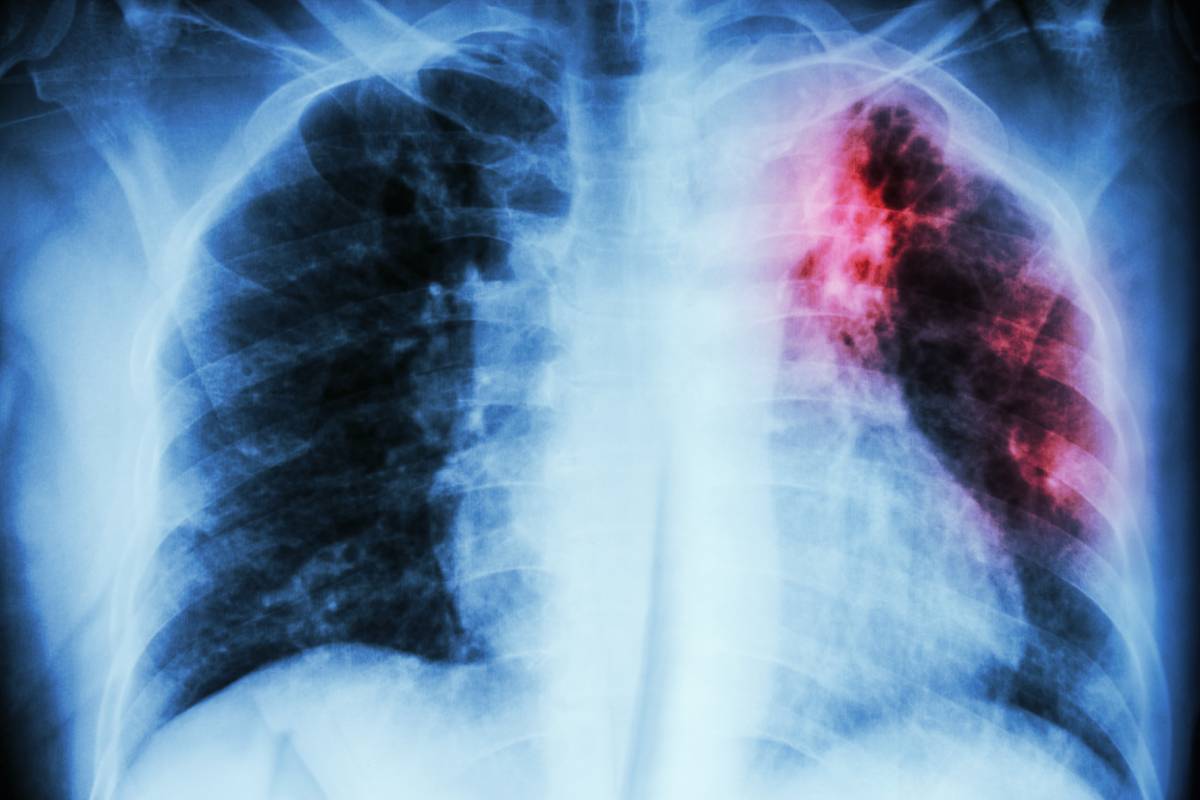The provider-to-patient ratio reflects the number of patients that healthcare providers attend to over the course of an average day. This ratio tends to differ across provider type, whether anesthesiologist, surgeon, or nurse; facility type; and across location – regionally and globally. However, the provider-to-patient ratio, in the OR in particular, has an important impact on the quality of healthcare delivery.
A number of different factors influence the provider-to-patient ratio across clinical settings. A 2015 U.S.-based study set out to determine provider-to-patient ratios for nurse practitioners and physician assistants working in intensive and acute care units while evaluating factors affecting the ratios. Data revealed that severity of illness, the number of patients, providers, fellows and residents in the unit, a patient’s diagnosis, and the time of day all impacted provider-to-patient ratios 1.
A number of actions can be taken to optimize provider-to-patient ratios. Another 2013 intensive care unit-based study yielded data showing that high staff turnover or decreases in quality-of-care indicators in an intensive care unit may be markers of overload, associated with provider-to-patient ratios which are too low. They stressed, in parallel, that telemedicine, advanced healthcare professionals, and non-intensivist medical staff, may help prevent overburdening healthcare providers, though implementation remains an obstacle 2.
In contrast, the provider-to-patient ratio may also be too high and need to be adjusted accordingly. In particular, a recent 2022 study sought to examine the link between different levels of anesthesiologist staffing ratios and the rates of surgical patient morbidity and mortality. The study’s data suggested that increasing overlapping coverage by anesthesiologists results in increased surgical patient morbidity and mortality. In other words, the research team suggested that having anesthesiologists lead the anesthetic management of surgeries that occurred at the same or similar times was detrimental. As such, the potential effects of staffing ratios in perioperative team models should be carefully considered and optimized in order to minimize negative patient outcomes 3. The provider-to-patient ratio could be increased instead by increasing staffing overall.
A number of methods have been developed to evaluate and reach optimal operating room provider-to-patient ratios. To this end, a new criterion, known as the robust competitive ratio, was recently developed by a group of researchers. Harnessing a robust optimization approach to model the uncertainty in case characteristics and lengths, the team developed an algorithm framework to address staffing and scheduling problems. The algorithms are highly specific, allowing operating room managers to control certain variables unique to their own facility 4.
The World Health Organization (WHO) has stated its vision for a worldwide average ratio of 1 doctor per 1000 people by 2024 – considered optimal to the delivery of efficient and accessible health care. India has been a key country to reach this broad goal – setting the stage for other countries, regions, and institutions to follow suit 5.
In the operating room, provider-to-patient ratios remain a critical aspect of health care delivery. Ongoing research needs to be conducted in order to ensure optimal ratios across clinical settings. Meanwhile, additional research on the factors influencing provider-to-patient ratios, alongside the roles of nurse practitioners and physician assistants, will be key to ensuring the best utilization of providers and optimal patient care outcomes in the operating room and beyond.
References
1. Provider to patient ratios for nurse practitioners and physician assistants incritical care units. Am. J. Crit. Care (2015). doi:10.4037/ajcc2015274
2. Ward, N. S. et al. Intensivist/patient ratios in closed ICUs: A statement from the society of critical care medicine taskforce on ICU staffing. Crit. Care Med. (2013). doi:10.1097/CCM.0b013e3182741478
3. Burns, M. L. et al. Association of Anesthesiologist Staffing Ratio With Surgical Patient Morbidity and Mortality. JAMA Surg. (2022). doi:10.1001/JAMASURG.2022.2804
4. Bandi, C. & Gupta, D. Operating room staffing and scheduling. Manuf. Serv. Oper. Manag. (2021). doi:10.1287/msom.2019.0781
5. Kumar, R. & Pal, R. India achieves WHO recommended doctor population ratio: A call for paradigm shift in public health discourse! J. Fam. Med. Prim. Care (2018). doi:10.4103/jfmpc.jfmpc_218_18









